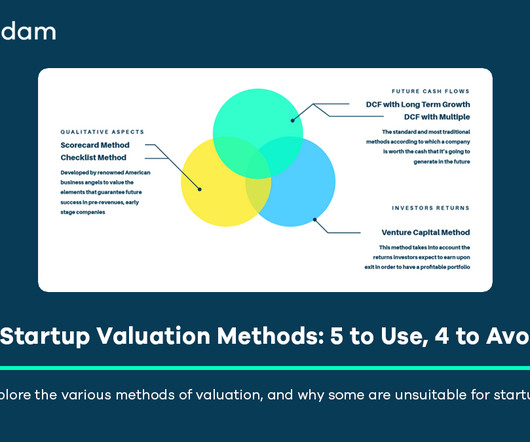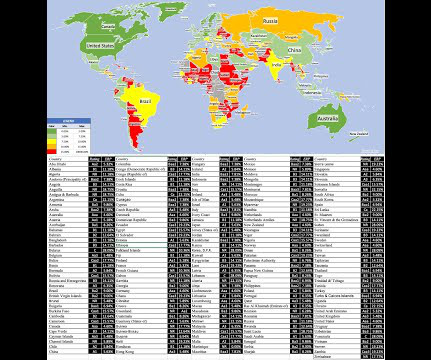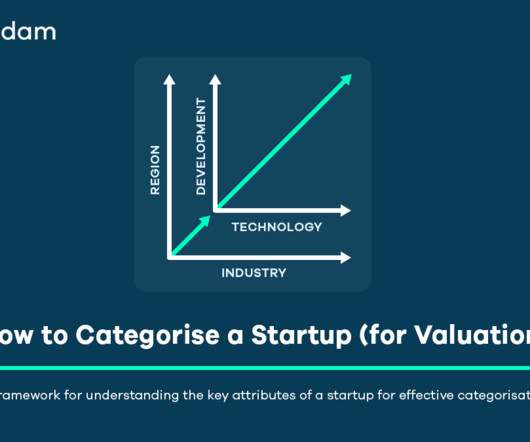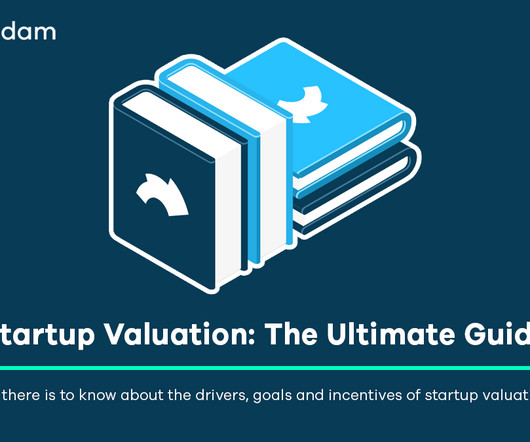9 Startup Valuation Methods: 5 to Use, 4 to Avoid
Equidam
APRIL 26, 2025
revenue multiple, ARR multiple, EBITDA multiple) derived from recent acquisitions or funding rounds of supposedly similar companies. While appealing due to its market-based simplicity, using this as the primary valuation driver for startups is fraught with peril. Beta measures the volatility of the company relative to the market.












Let's personalize your content